R51 Thermophilous forest fringe of base-rich soils
Fringe communities on neutral to base-rich, only moderately nutrient-rich soils in the transition zone between forests or scrub and open habitats or in similar situations alongside cliffs and on roadsides. They occur across large parts of lowland North-Western Europe, but also extending into more continental regions where they fringe more open thermophilous forests, and into cooler montane levels to the south and south-east. Typically comprising half-shade plants, other species of neighbouring habitats can also find a place and, in calcareous landscapes, the vegetation can be very species-rich, harbouring many rare and/or endangered species. This vegetation depends on grazing or mowing to prevent succession.
Chytrý M., Tichý L., Hennekens S.M., Knollová I., Janssen J.A.M., Rodwell J.S. … Schaminée J.H.J. (2020) EUNIS Habitat Classification: expert system, characteristic species combinations and distribution maps of European habitats. Applied Vegetation Science 23: 648–675. https://doi.org/10.1111/avsc.12519
Version 2025-10-03, https://doi.org/10.5281/zenodo.16895007.
For the official presentation of the EUNIS Habitat Classification from the European Environment Agency, please see: EUNIS Terrestrial Habitat Classification 2021. The FloraVeg.EU presentation may show modifications and partial updates to the habitat classification.
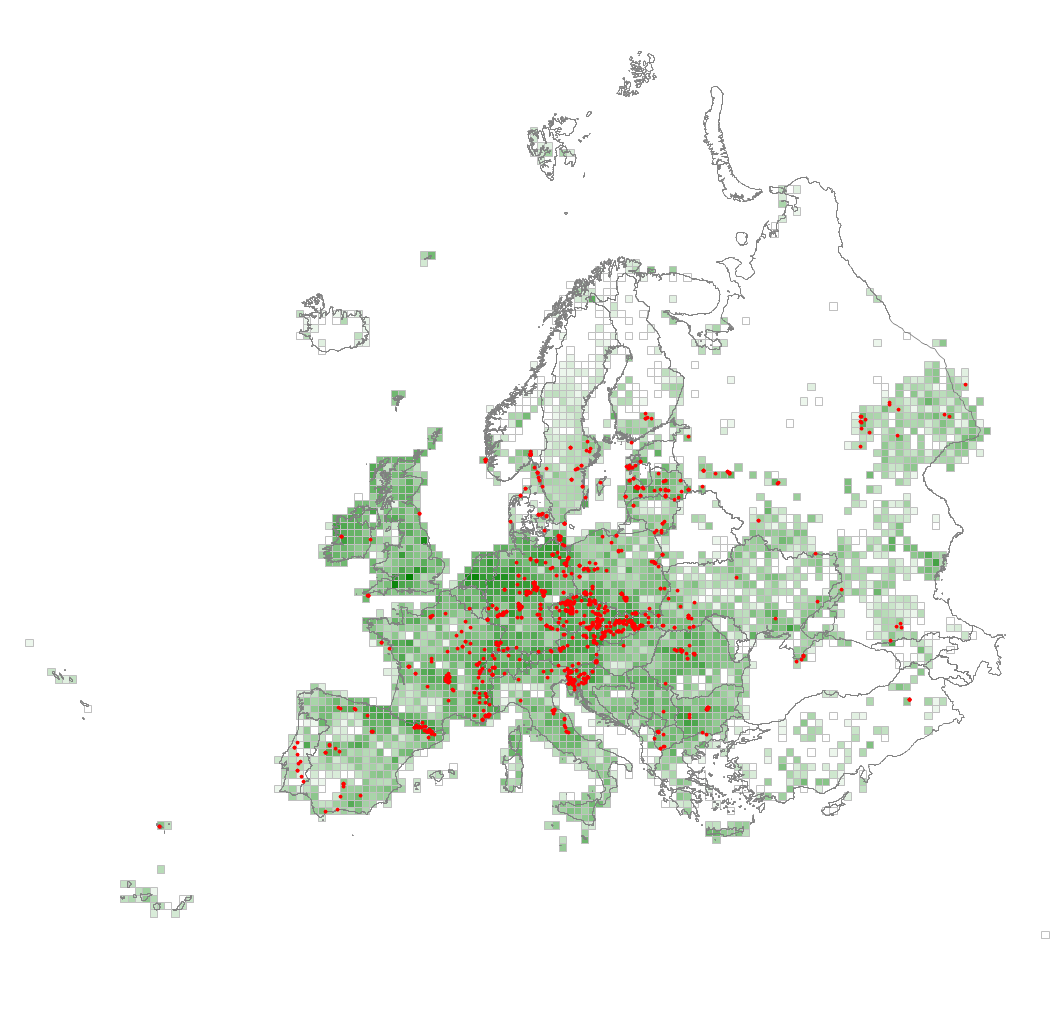
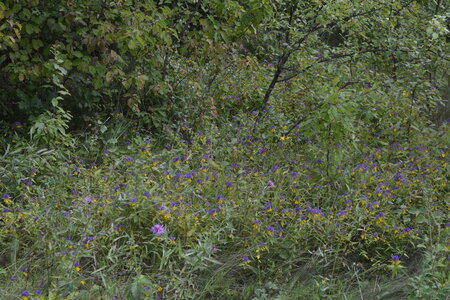
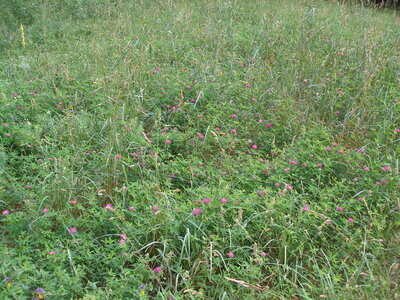

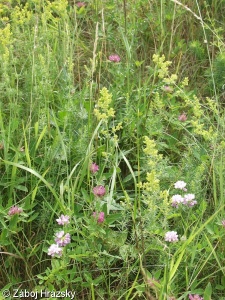
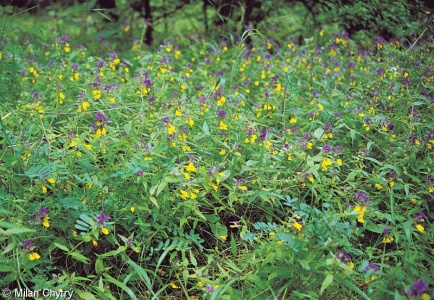
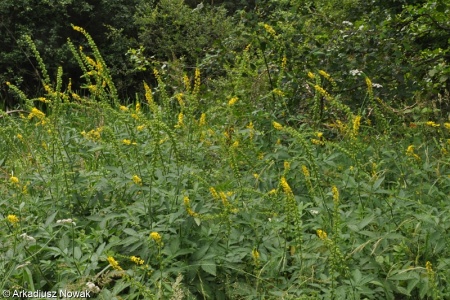
1.jpg)
3.jpg)
4.jpg)